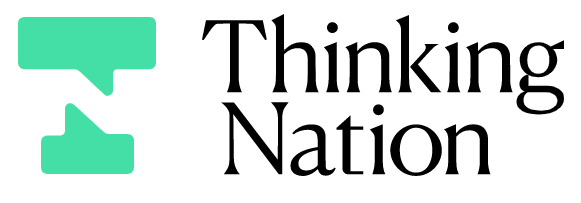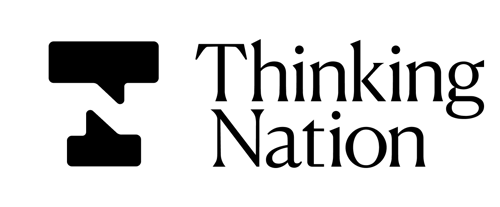Backward design is a planning approach that begins with the end in mind. In a social studies classroom, teachers first identify the key understandings and skills they want students to achieve—such as analyzing historical events, understanding civic responsibility, or interpreting primary sources. Next, they determine how students will demonstrate their learning through assessments like essays, projects, or discussions. Only after these goals and assessments are established do teachers plan daily lessons and learning activities. This ensures that each part of instruction directly supports the desired outcomes. Backward design promotes purposeful teaching by aligning content, instruction, and assessment. In social studies, it helps students engage with essential questions, develop critical thinking skills, and make connections across time and cultures. Ultimately, this approach helps students gain a deeper understanding of history, geography, economics, and civics, preparing them to be thoughtful, informed, and active participants in their communities and the world.

